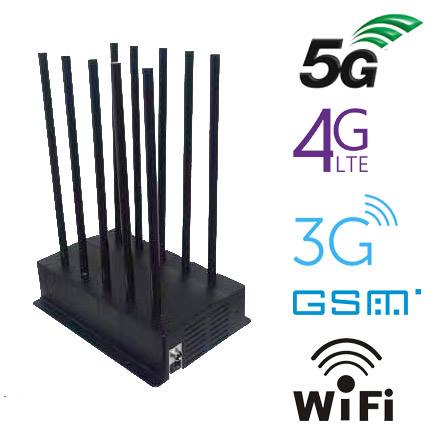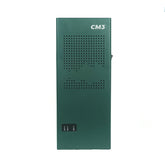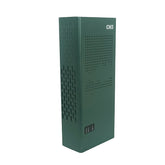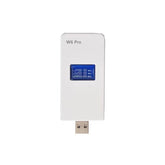What are the wifi blocking devices?
WiFi blocking devices, also known as WiFi jammers or WiFi disruptors, are devices designed to interfere with or block WiFi signals in a given area. These devices emit radio signals on the same frequencies used by WiFi networks, causing disruption and preventing nearby WiFi devices from connecting to a network or accessing the internet.
WiFi blocking devices work by transmitting radio frequency signals that overpower and interfere with the WiFi signals, effectively disrupting the communication between WiFi devices and access points. They can be portable or stationary and may have varying ranges of signal disruption.

It's important to note that the use of WiFi blocking devices is generally illegal in many countries. Interfering with WiFi signals is a violation of telecommunication regulations, and it can disrupt legitimate network communications and cause inconvenience or harm to others who rely on WiFi connectivity.
While there may be limited authorized uses for signal jammers in specific situations, such as in authorized military or law enforcement operations, it is not recommended or legal for general use in public spaces or personal settings.
If you are experiencing WiFi-related issues or concerns, it is advisable to address them through proper network management, troubleshooting, or seeking assistance from network administrators or service providers.













